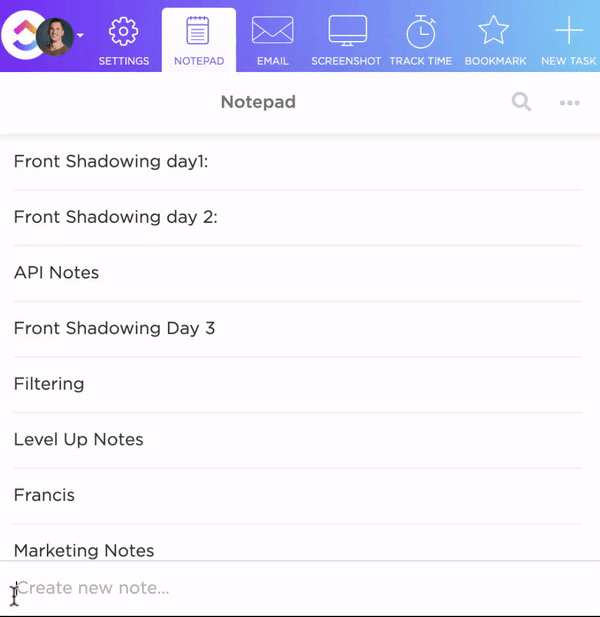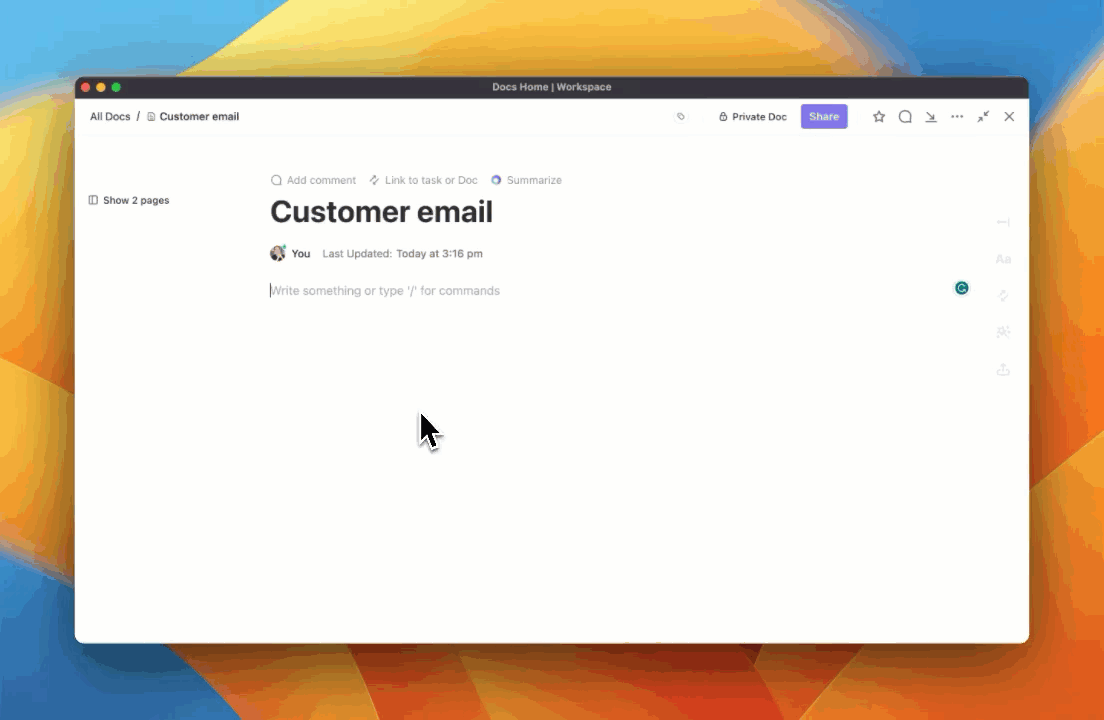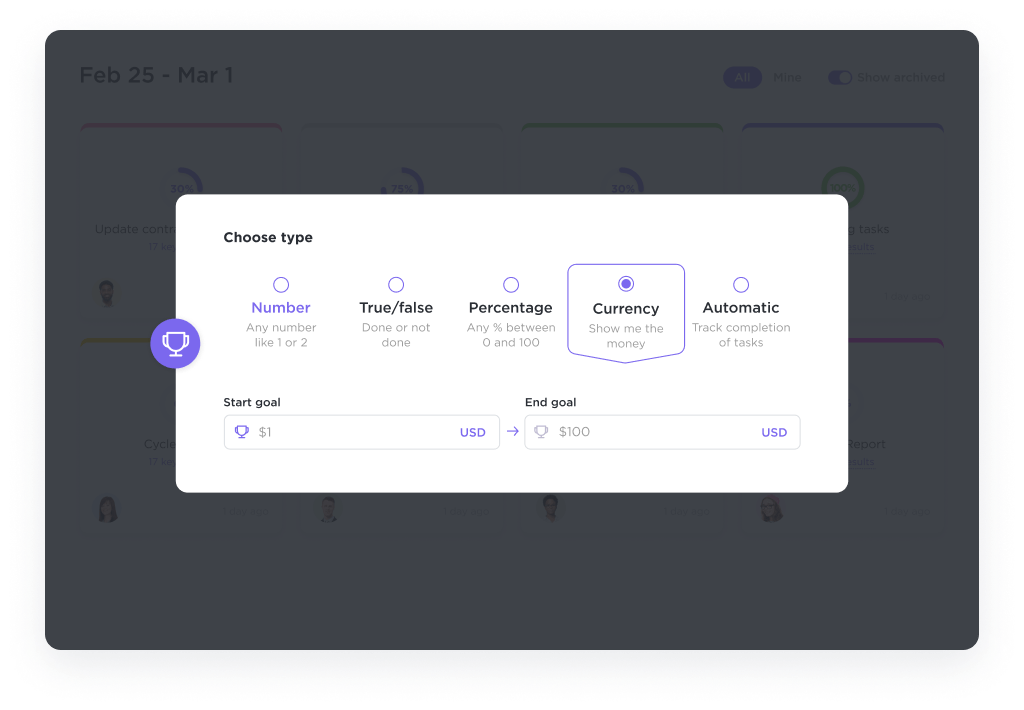

6 out of 10 workers desire a hybrid work environment, and one-third want completely remote work.
In recent years, hybrid and fully remote work have become necessities. The pandemic reshaped our view of the traditional office, proving that flexibility in where and how we work can be both productive and sustainable.
Companies are also increasingly recognizing the benefits of flexible arrangements, such as cost savings and increased employee satisfaction. Yet, asking for this flexibility can feel intimidating.
This leaves the question: How to successfully negotiate a flexible work schedule with your boss? How can you confidently present a case for hybrid work arrangement that benefits both you and your employer?
Fortunately, this is a skill you can master. With the right strategies, you can secure the freedom to work where you’re most comfortable while ensuring your performance remains top-notch.
In this article, we’ve discussed how to negotiate hybrid or remote work like a pro.
Strategies for Negotiating a Hybrid or Full-Time Remote Work
When requesting remote or hybrid work, make it a point to highlight your strong performance alongside the team’s current and evolving needs.
Here are some tips on how to negotiate hybrid work with your employer:
Analyze your requirements
Before you begin negotiating, it’s crucial to understand your needs. Start by analyzing what hybrid or remote work means for you. Also, think about your personal responsibilities.
To get started, try to answer these questions:
- Do you need a specific number of remote days per week?
- Are you looking to transition to a full-time remote position?
- Are there family obligations or personal commitments that make remote work essential?
- Are you seeking flexibility to focus on your well-being?
- Do you aim to reduce your commute and work from the comfort of your home (or any other place)?
It is crucial to go into the specifics and clarify your preferences regarding your work environment, hours, and work-life balance.
Being clear about your motivations will help you communicate your needs more effectively. With these details in mind, create a list of your must-haves. This will help you plan your negotiations better.
💡Pro Tip: Organize your list with ClickUp Notepad. You can quickly note down points, make checklists, edit them, access them from your phone, and convert them into trackable tasks.

Know your worth
When you understand your value within the company, you know how much leverage you have during negotiations. This requires an honest assessment of your position and the merit you provide to the organization.
Ask yourself: What skills or expertise do you offer that set you apart? Have you consistently delivered strong performance, met deadlines, or gone above and beyond your responsibilities?
Identifying your strengths is crucial in making a compelling case for flexibility. You can highlight your accomplishments to show that you are a dedicated employee who will continue contributing value, regardless of where you work.
Remember, knowing your worth isn’t just about understanding your value to your employer; it’s also about recognizing the job market and your options. If other companies in your industry offer the flexibility you desire, you have negotiating power.
Do your research
Knowledge is everything when negotiating for flexible work. So, research your company’s current policies on hybrid or remote work. Check whether any of your colleagues have already negotiated these arrangements. If yes, try to learn how they approached the conversation and its outcome.
Also, research how similar positions in your industry approach remote or hybrid work policies. Are companies offering it as a standard benefit? Understanding market trends can help you gauge your leverage. If your skill set is in demand and other companies are offering flexibility, you have a stronger case to present to your employer.
Moreover, try to find data on productivity in hybrid or remote environments. Numerous reports highlight the benefits of remote work, such as increased productivity, higher employee engagement, and cost savings for businesses.
This will help convince your current and potential employers that your request isn’t just about personal preference; it’s a strategic move that will benefit the company as well.
Choose the right time
Timing plays a crucial role in the success of any negotiation, and asking for hybrid or remote work is no exception. Selecting the right moment to present your request can significantly impact how it’s received.
Consider the following things:
Your performance
It’s best to approach your current manager or prospective employer when they’re most likely to be receptive. You can bring up your request during a period of strong performance. For example, after completing a major project, receiving positive feedback, or during a performance review, you’re in a strong position to discuss your flexible work arrangements.
At these times, your contributions are fresh in your employer’s mind, making them more likely to consider your request favorably.
Company’s situation
Consider the company’s overall situation. If your organization is currently thriving or focusing on employee retention, they may view your request as part of a broader effort to support and retain top talent.
However, if the company is going through a challenging period, such as a restructuring or budget cuts, it might not be the best time to ask for additional flexibility.
Make a clear plan
Armed with all the necessary details, it is time to plan your negotiations. Having a clear, well-thought-out plan will demonstrate your commitment to making the arrangement work and reassure your employer that you’ve considered all aspects of the transition.
Outline how you plan to work while working remotely or in a hybrid mode. Think through your daily tasks and team meetings that require in-person presence and develop a strategy for how you will manage them.
For example, if your role involves frequent meetings, propose a schedule for regular virtual check-ins. If collaboration is key, suggest using hybrid workplace communication tools like ClickUp, Slack, or Zoom to stay connected.

Understand your employer’s stance
Try to understand your employer’s stance on in-office work first. While you may know what you want, taking the time to consider things from your employer’s perspective can greatly increase your chances of success.
Once you have sufficient insights, consider why your employer might resist hybrid or remote work. Fears about decreased productivity, communication breakdowns, or the potential impact on team cohesion could be reasons.
Put yourself in your employer’s shoes and think about the potential challenges they face when managing a team remotely.
If they’ve never managed remote workers before, they might be unsure about how to maintain oversight or ensure that deadlines are met. If the company has traditionally operated around a physical workplace, it may worry about the cultural shift that hybrid or remote work represents.
Once you’ve identified potential concerns, you can tailor your proposal to address them head-on. For example, if productivity is a concern, come prepared with data showing how remote work can improve focus and efficiency. If communication is a sticking point, propose regular check-ins, video meetings, or collaboration tools that can help maintain the flow of information.
💡Pro Tip: Use ClickUp Brain to research ideas, brainstorm, or even write and polish your negotiation plans. Try various prompts to determine how to negotiate and prepare for different scenarios. Set the tone of your proposal and edit and spell-check it to put your best foot forward in negotiations.

Do a trial run
One effective way to ease your employer’s concerns is to propose a trial period for hybrid or remote work. Suggest starting with a limited time frame, such as three months, during which you’ll be working remotely full-time to demonstrate that this arrangement works well for both parties.
This trial run allows you to prove that you can maintain or even improve your productivity and communication while working remotely. It also gives your employer a sense of security, knowing that the arrangement isn’t permanent if it doesn’t work out as expected.
During the trial, be sure to track your performance. Measure your output, meeting attendance, and communication to show concrete results at the end of the period. If the trial is a success, you’ll have a solid case for making the arrangement permanent.
Use tools like ClickUp Time Tracking to document whether you’re able to complete your tasks faster in a hybrid setup or how much your productivity has improved.

💡Pro Tip: Worried about keeping your productivity up during the trial period? Use our comprehensive list of work-from-home hacks to take your productivity to the next level.
Use work-from-home tools
Use work-from-home tools to create a structured plan for negotiation and ensure its success. ClickUp is a productivity and task management tool that will help you stay organized, productive, and in sync no matter where you work.
ClickUp for Remote Teams offers comprehensive features for setting and tracking shared goals, seamless collaboration, knowledge base management, and more to ensure everyone is on the same page.
Check out how to leverage it during your trial run (and after the transition):

- Use ClickUp Tasks to plan, organize, and collaborate on any project. Set priority levels for each task, add task type, customize task status, link related files or tasks, and track progress easily
- Leverage ClickUp’s Customizable Dashboards to get a clear view of project progress, workloads, and timelines. You can improve your personal productivity (and get proof to show your employer!), track time and billable hours, create project dashboards, and more
- Visualize tasks and workflows in the way that best suits your working style using ClickUp’s 15+ Views, such as List, Board, Calendar, and Gantt

- Create shared or personal goals with ClickUp Goals. ClickUp Goals lets you set measurable targets and track your progress automatically. You can set number, monetary, or true/false targets, add descriptions, and even share your goals with your manager
- Collaborate with your team members using ClickUp Docs. Edit docs in real-time with your colleagues, tag them in comments, attach items, and convert text into trackable tasks easily
- Integrate ClickUp with 1000+ tools, including Slack and Zoom, to communicate with your team on their preferred remote collaboration tools

- Utilize ClickUp Clips to record videos, share screen recordings, give feedback, and communicate clearly with your colleagues
- Summarize docs and information, automate repetitive tasks, write emails, and get insights to improve your productivity with ClickUp Brain
Stay flexible
Negotiation is a two-way street. While you may have a specific idea of what you want, be open to compromise. For example, if your employer hesitates to approve full-time remote work, propose a hybrid work arrangement with specific in-office days.
This will also show your willingness to collaborate and find a solution that works for both parties. You may not get everything you want right away, but showing that you’re open to negotiation increases your chances of getting closer to your ideal setup over time.
Remember, being flexible doesn’t mean settling—it means being strategic. Sometimes finding a middle ground can lead to long-term success.
You can use work plan templates like ClickUp’s Remote Work Plan Template to help your employer monitor your work progress from anywhere and anytime. From outlining expectations, tracking progress, and measuring performance, this template can help you build a comprehensive plan for the transition to remote work.
Its advanced views for planning and tracking tasks include:
- Work Timeline View: Plan in detail and track task progress effectively
- Work Activities View: Brainstorm with your team and store ideas and project plans
- Work Progress View: Monitor task completion and progress with details like due dates
- Project Heads View: Assign tasks to team members and track how they’re progressing
Consider remote jobs
While more and more companies are transitioning toward hybrid and fully remote work, some are still not convinced of its benefits. This could be due to the nature of the work or the amount of work or disruptions that are required for a smooth transition.
Job seekers are increasingly asking for flexible work schedules, and many companies now offer fully remote positions as a standard option. So, you might just be able to find a good remote work opportunity.
Do a thorough job search and network with professionals in your field who work remotely. If you find an employer that is a good fit—aligns with your values, and offers the flexibility you’re looking for—it might be time to make a move.
Hear what Sarah McKinney, Senior Lead Engineer at SkylineWeb Solutions, has to say about ClickUp helping them work remotely:
💡 Pro Tip: Remember that it’s essential to advocate for your ideal and flexible work arrangement to promote a better work-life balance. Negotiating for what suits you can lead to a healthier, more productive lifestyle, boost your job satisfaction, reduce burnout, and allow you to thrive both professionally and personally.
How To Negotiate Remote Work During an Interview?
Wondering how to negotiate working from home during the interview stage of the hiring process? We have an answer for that, too! Negotiating for remote work during an interview is a delicate but achievable task.
The steps involved are similar to what we’ve discussed above. For example, you’ve got to research the company culture, identify their remote or hybrid work policy, and more. The major difference lies in how you handle the conversation since you haven’t worked with the employer before.
Here are the things you should remember:
- Understand the company’s remote work policy: Before the interview process begins, research the company’s stance on remote work. Check their website, job postings, and employee reviews on platforms like Glassdoor
- Time your request: Don’t lead with the request for remote work, as it can send the message that it’s your priority over the job itself. Instead, focus on selling yourself as the ideal candidate. Highlight your skills, experience, and fit for the company. Once you’ve demonstrated your value, you’ll have more leverage to negotiate
- Frame remote work as a benefit to the company: Position remote work not just as a personal preference but as a benefit to the company. Explain how it can lead to increased productivity and better focus and how a more flexible schedule allows you to deliver high-quality results
- Demonstrate your ability to work remotely: If you’ve worked remotely before, share your success stories. Talk about how you maintained productivity, managed your time, and stayed connected with your team
- Ask the right questions: When the topic of flexibility arises, ask insightful questions to understand their expectations. You can ask, “How does the team typically collaborate?” or “What tools do you use to stay connected?” This signals that you’re proactive about maintaining communication and productivity, regardless of your location
- Know your bottom line: Before going into the interview, have a clear understanding of what you’re willing to accept. Are you open to a hybrid work schedule, or is full remote non-negotiable? Knowing your boundaries helps you stay firm without appearing overly rigid. However, keep in mind that flexibility on your part can lead to a better long-term arrangement
Smoothen Your Transition to Hybrid Work With ClickUp
Negotiating for hybrid or full-time remote work is a strategic process that can significantly impact your career and personal life. Therefore, careful consideration of your professional needs and your employer’s concerns is required.
Leverage hybrid work tools like ClickUp in your strategic conversations to expand your organization’s view of collaborating online and tracking progress. Whether you work in an office or from home, ClickUp facilitates seamless communication, helps manage tasks and set goals, and provides valuable insights through dashboards and reports.
By integrating it into your work routine, you can maintain efficiency and ensure that remote work is just as, if not more, effective than being in the office. Access these benefits and more by signing up for free today!




